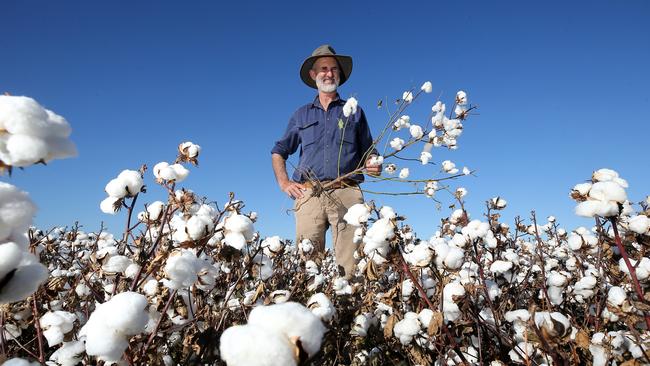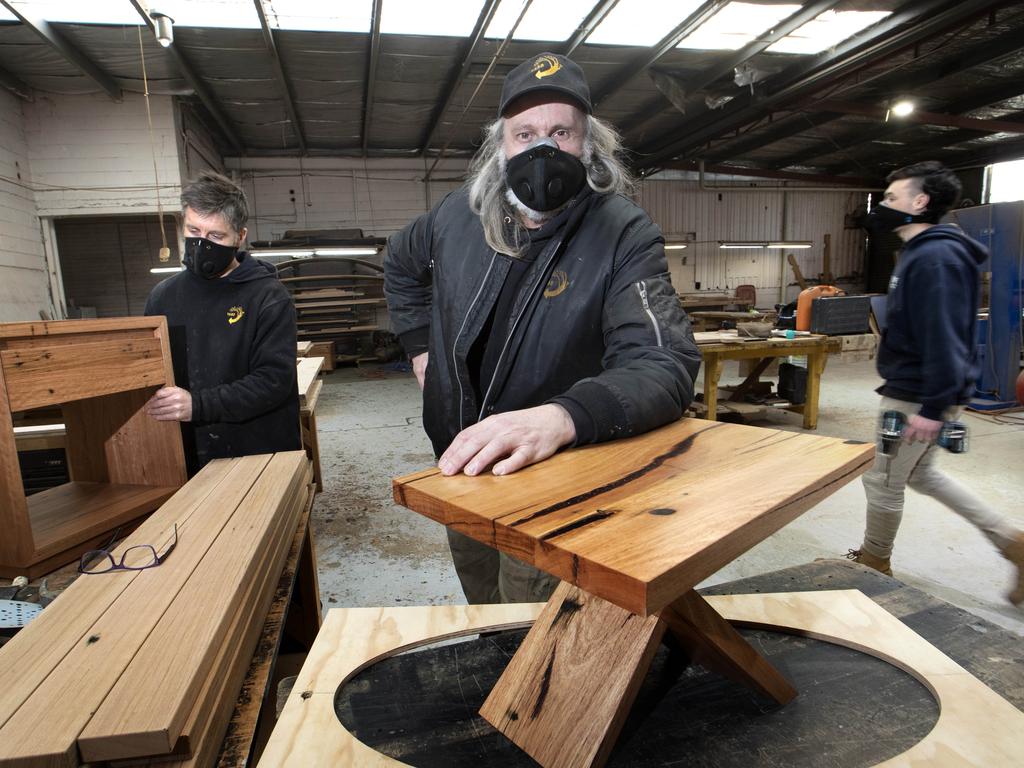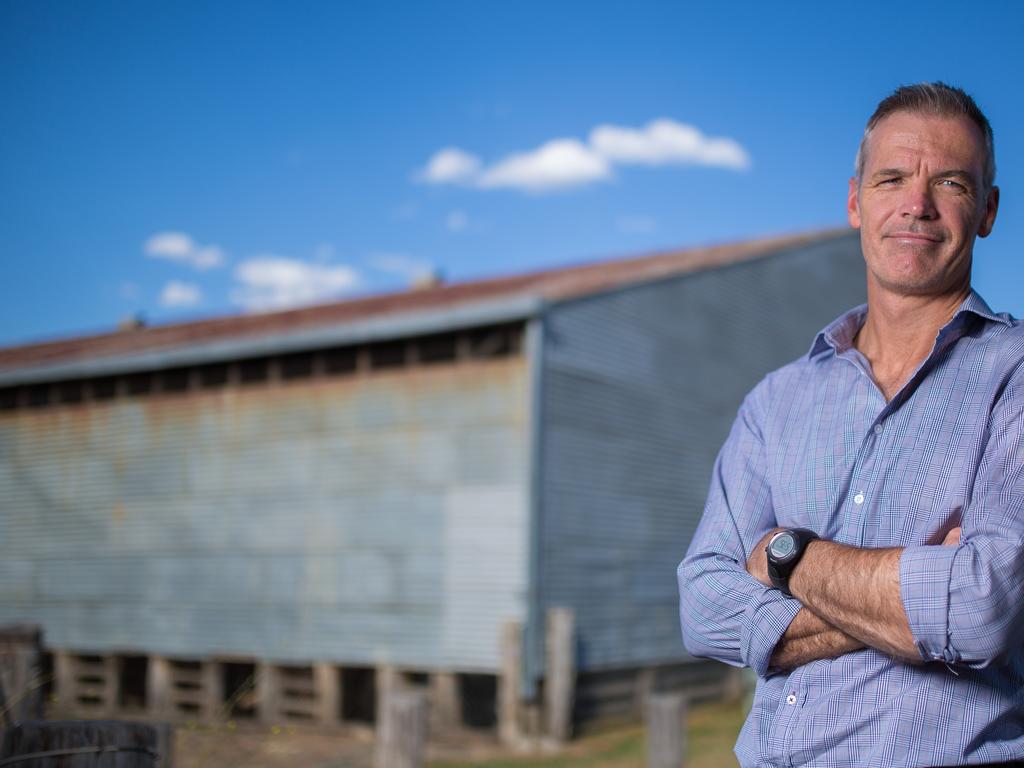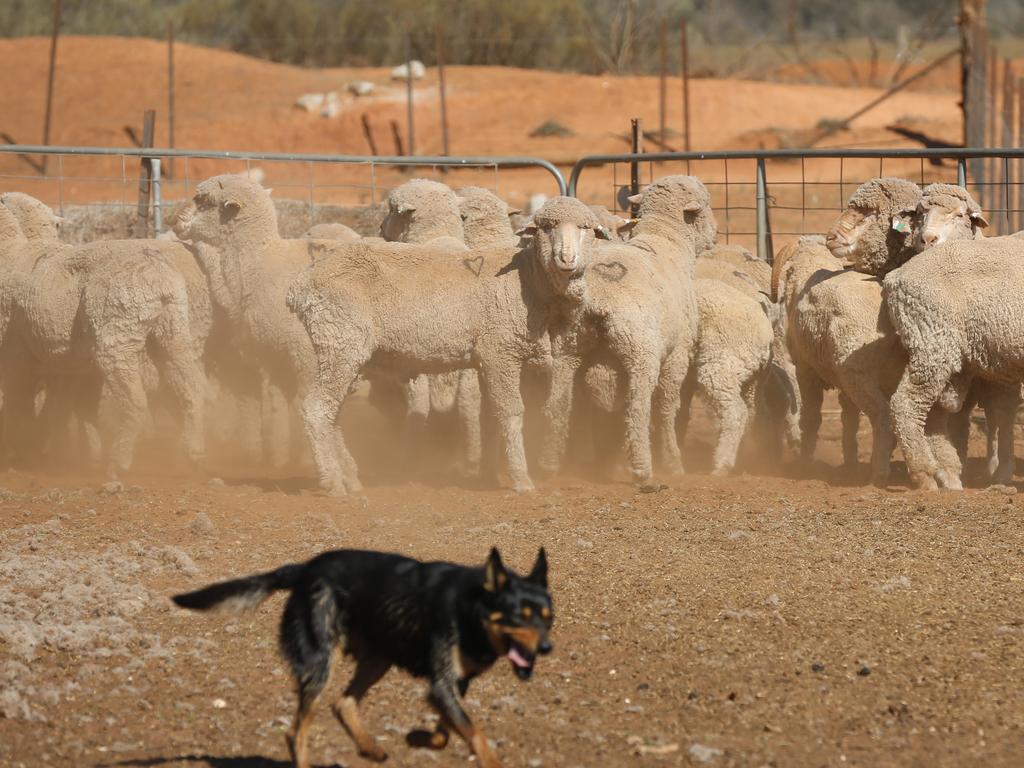How China left Australian cotton growers bleeding
Taken in then hung out to dry by a China bent on disciplining Australia, cotton growers provide a sobering lesson for the nation’s businesses.

Australian cotton growers have experienced a foretaste of what’s ahead for those dealing with China after the sharp deterioration in relations between the two countries.
But it is also a clear wider warning of the domino effect ahead for Australia as large numbers of small and medium sized enterprises cease trading and their losses bring down their suppliers. This is the pattern that has multiplied the impact of all of past severe Australian downturns.
And as we see in the cotton debacle, it was the bank which emerged with the secured position, leaving unsecured creditors swinging.
Because there are so many lessons for Australian enterprises, including those who don’t trade with China, and let me tell the sad cotton story, which involves around 40 per cent of the 2019-20 Australian cotton crop – a crop already halved by the drought
In 2012 Chinese citizens Messrs Liu Wei and Zhang Lin based their Australian Weilin Trade Pty Ltd operation in Coleambally in the NSW Riverina, focusing on raw cotton exports. An associated company began growing cotton, so farmers knew Messrs Wei and Lin and were told they had a big stake in Weifang CHN-Miracle Agricultural Products, based in Shandong in northern China. They seemed well favoured by the Communist Party — essential for international business by Chinese enterprises. .
Then in 2017 Wei and Lin decided to go into the merchant business in Australia to compete with Elders, Canada-based Nutrien and others. They moved higher up the chain and established a large distribution and processing centre near Griffith. NAB had confidence in Messrs Wei and Lin so funded a large part of the new expansion.
Buying market share
The Chinese were clearly looking to control a major share of the Australian cotton industry and proudly announced: “We are prepared to pay at or above the prevailing market to secure our raw cotton and lint export requirements and we guarantee prompt payment every time”.
In Western terms they were buying market share – always dangerous when the users move close to growers.
And so for the 2019-20 crop the Chinese offered around $620 a bail which was in the vicinity of $20 over the market price at the time. Some merchants actually on sold cotton they bought from Australian growers to the Chinese at a handy profit. They got caught out.
The Australians didn’t know what was happening back in China.
The Chinese government suddenly had two new cotton priorities. The first was to negotiate a trade deal with the United States which would require China to take enormous quantities of American cotton – well above China’s requirements.
Second, China was anxious to improve the living standards of those in western China and where there’s been great global controversy over the treatment of Muslims.
Chinese cotton buyers were directed to foster production in those western areas.
Finally a global demand for clothing has declined in the wake of the virus restrictions.
No saving face
In the past Chinese traders have been very anxious to protect “face”. Not so this time. Punishing Australia is now the name of the game in China, because Australia is very much on the outer in Beijing. The Australian contracts were not honoured.
Australian cotton had to be flogged into the market at well below $500 a bale — a big loss on the $620 contract prices. Sometimes wise growers still had control of their cotton so losses were limited to the market slump. But where the sale had been consummated, the growers are owed the money by the Chinese company. The latest figures indicate that the NAB is owed $35 million and the growers, other merchants and traders in southern NSW and Queensland are owed a total of around $22 million. If they get 20 cents in the dollar they will do well. It’s likely to be lower.
Aussie-bashing
Back in Beijing there is some delight because here is another chance to bash Australians for their “bad behaviour”. I have written many times that relations between China and Australia are much worse than relations between the US and China. In Chinese eyes we have been behaving badly for over a decade and need to be punished. When dealing with China, Australians need make sure they get their money quickly and are not too exposed.
For the Australian cotton industry to sell more than 40 per cent of its production to newcomers based in China was an incredibly high risk action and a lesson for all.
Meanwhile those who were trading with groups caught in the debacle now fear they will not be paid: the domino effect kicking in.
And that’s exactly the fear that simmers in many business areas in Australia, led by Victoria.
Severe downturns like the one we are experiencing in small and medium business do not stop with the initial business collapses. The domino effect lasts for up to 18 months. This time around banks and the government have allowed enterprises to trade while insolvent so the domino repercussions could be severe.







